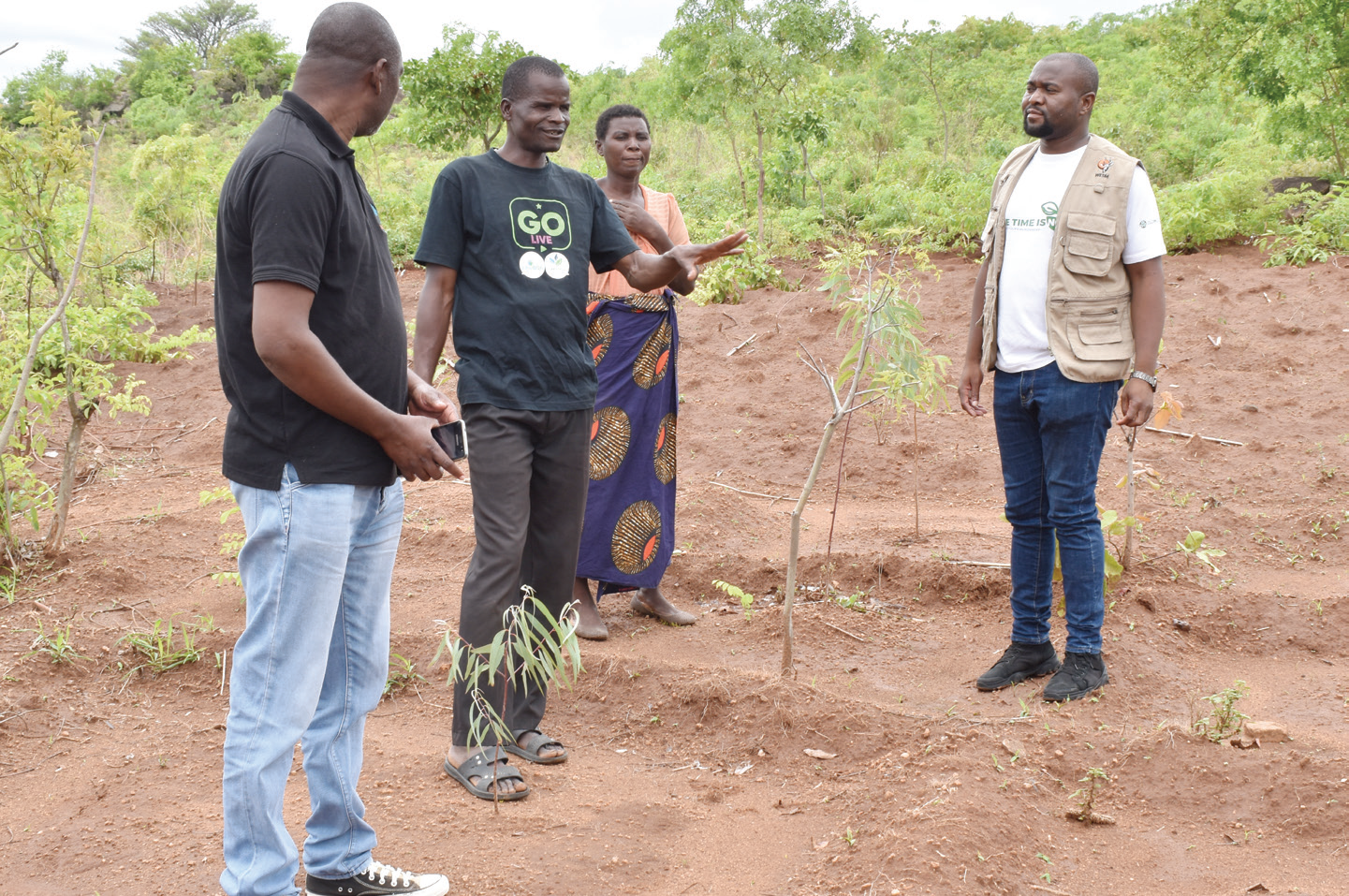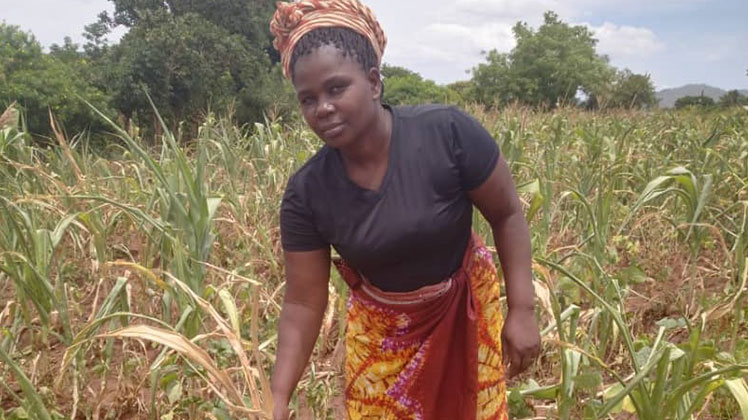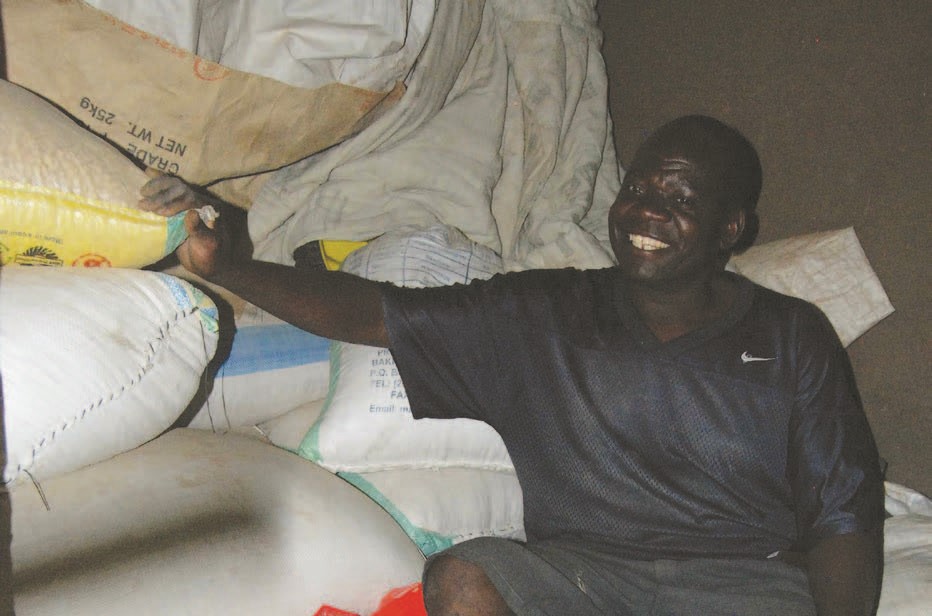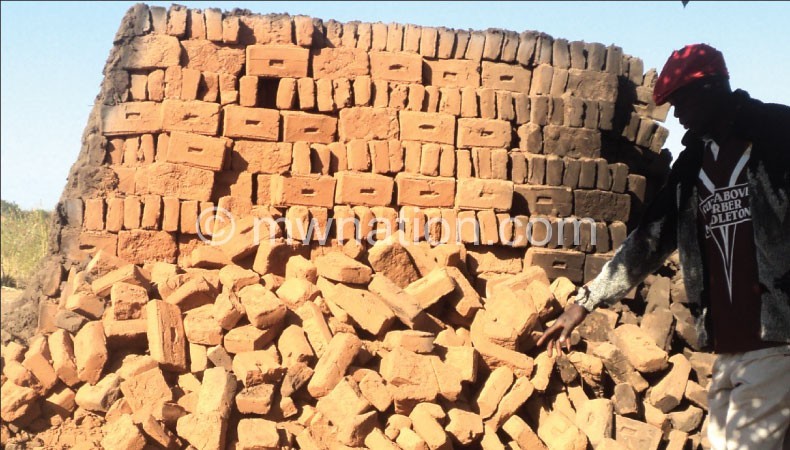Communal zeal to save forests
The bare hills of Kunthembwe vividly spoke of decades of plunder and the community easily resolved to keep hands off the stumps to restore the green cover.
Having adopted rules and sealed forest paths to protect Blantyre City’s main source of charcoal and firewood, they asked themselves: Where will the locals get firewood as they wait for the trees to regenerate?

The dilemma faced by Chibweya Village Development Committee (VDC) in Blantyre Rural gave rise to mass awareness campaigns backed by the Wildlife and Environmental Society of Malawi (Wesm).
The initiative helped them realise that deforestation was worsening flooding and loss of fertile soils in their fields where crop yields had been falling amid climate change.
Consequently, the community started planting trees in bare lands and keeping hands off stumpy forests though their livelihoods hinged on selling firewood and charcoal for years.
“We knew the trees left to regenerate were at risk. We knew that if we didn’t provide the solutions, the new trees would also face the chop,” says Wesm environmental education manager Ausward Bonongwe.
According to Chibweya VDC chairperson Steve Moyo, the high demand for fuelwood and timber in Blantyre pushed the community to fell trees recklessly.
At Chikuli Trading Centre, piles of dry twigs destined for the city for firewood mirror the decried rush for money.
However, Moyo is excited that many people in the rural locality appreciate the importance of growing trees to maturity.
Recently, Mtuwasweka Forest provided timber for the construction of a community-based child care centre in the area.
“Some of the timber was sold and the earnings were used to pay for some requirements at the site,” he says.
Mthunzi Funeral Services, a subsidiary of Old Mutual Malawi, provided tree seedlings of fast-maturing trees as a quick fix to the community’s energy and timber needs.
“We did not have seedlings, but Wesm in partnership with Mthunzi gave us 420 acacia and bluegum trees,” Moyo says.
Some 401of the seedlings planted on March 6 have survived, a 95 percent survival rate, which is higher than the nationwide estimate of 71 percent.
After planting the trees, the community carefully kept the plastic tubes for reuse.
“We have developed a new nursery using the tubes,” Moyo says. “In fact, we have the capacity to make more nurseries if supported with tubes.”
Despite the communal zeal to plant locally available seeds, Bonongwe notes that they require training to understand seed selection, soil and manure mixture and other techniques.
Haswell Kaipa, from Mthunzi Funeral Services, is excited with the impact that the funeral insurance company’s donation is making to replenish endangered forests.
He says the massive deforestation in the Shire Highlands have the potential to disrupt power generation downstream where debris chokes turbines that generate 99 percent of the country’s hydropower.
“We are happy that you are taking part of the trees. Continue with the good work. Together we will restore the environment,” he says.
Chief Kunthembwe’s territory has nine communal forests and the success stories have motivated village leaders to venture into beekeeping as one way of reaping the benefits of sustainable forests management.
Moyo says they also intend to start planting fruit trees both in the communal forests and their homes for sale in Blantyre.
“Reforestation is good,” says Bonongwe. “It gives us clean air and reduces siltation at Tedzani and Nkula hydropower stations on the Shire.”





